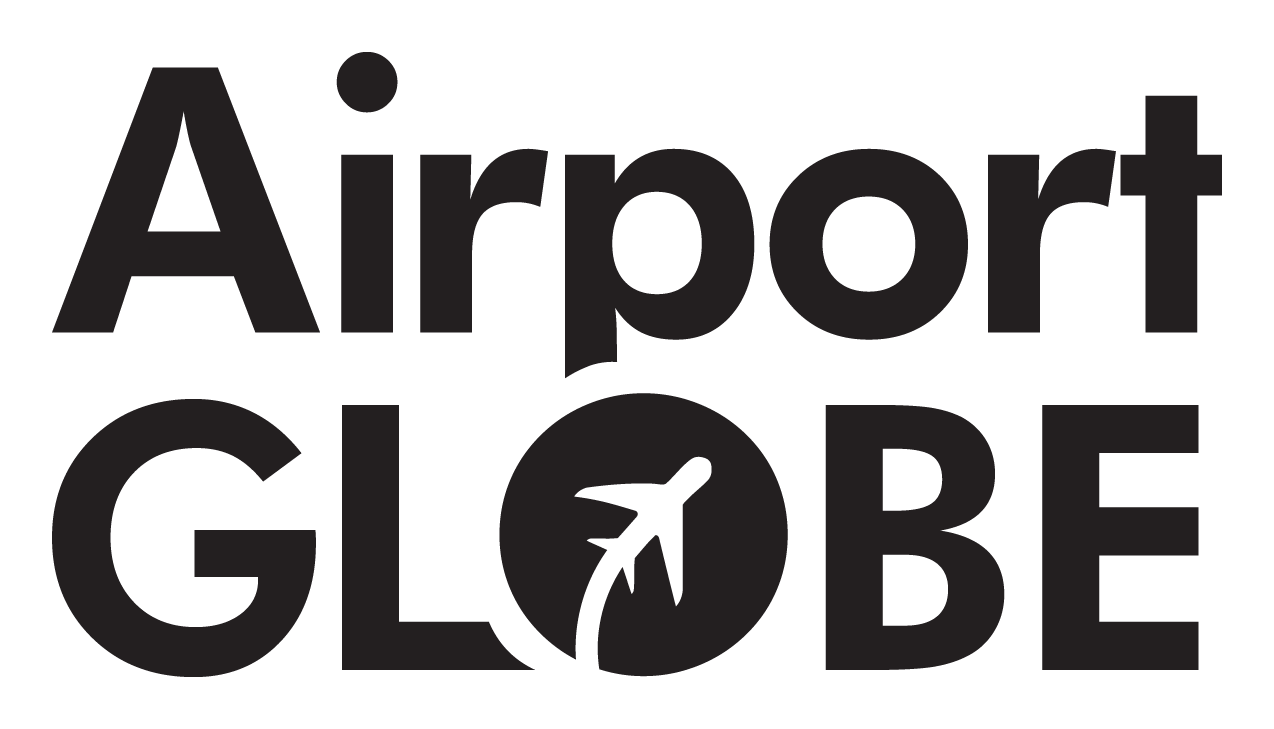The City of Washington
Your Guide to Washington: History, Transit, Airport Tips, Hotels, and Must-DosHome ›
The History of Washington
Washington, D.C., the capital of the United States, has a rich and storied history that reflects the evolution of the nation itself. Established as the capital in 1790, the city was named after George Washington, the first President of the United States, and was designed by French engineer Pierre Charles L’Enfant. The city played a significant role during the American Civil War and was the site of President Abraham Lincoln’s assassination in 1865. Throughout the 20th century, Washington, D.C. became a symbol of American political power and cultural significance, hosting monumental events such as the 1963 March on Washington for Jobs and Freedom, where Martin Luther King Jr. delivered his iconic “I Have a Dream” speech. Today, the city stands as a testament to the nation’s history and its ongoing journey towards equality and justice.
The Washington of Today
Washington, D.C. is a vibrant city that seamlessly blends its rich history with modern-day culture and innovation. Known for its iconic landmarks such as the White House, the U.S. Capitol, and the Lincoln Memorial, the city offers a plethora of things to do for visitors. The National Mall, with its sprawling green spaces and numerous museums, including the Smithsonian Institution, is a must-visit for history buffs and art lovers alike. The city’s diverse neighborhoods, such as Georgetown and Dupont Circle, provide a unique glimpse into its eclectic culture, offering a variety of dining options, from upscale restaurants to trendy food trucks. Washington, D.C. also boasts a thriving arts scene, with theaters, galleries, and live music venues scattered throughout the city. Whether you’re exploring the historic sites or enjoying the vibrant nightlife, there are countless things to do in Washington that cater to all interests.
The Transportation Options in Washington
Washington, D.C. offers a comprehensive and efficient transportation network that makes navigating the city a breeze. The Washington Metro, known for its extensive subway system, connects various parts of the city and surrounding areas, providing a quick and affordable way to travel. In addition to the Metro, the city has a robust bus network that covers all major neighborhoods. For those who prefer to drive, taxis and ride-sharing services are readily available, offering convenient door-to-door service. Visitors can also explore the city on foot or by bike, with numerous bike lanes and rental options available. For those looking to venture beyond the city, Washington car rentals provide the flexibility to explore the surrounding regions at your own pace.
The Washington Airports
Washington, D.C. is served by three major airports, each offering a range of domestic and international flights. Ronald Reagan Washington National Airport (DCA) is the closest to the city center, located just a few miles away. It primarily handles domestic flights and is known for its convenient access to downtown Washington. Washington Dulles International Airport (IAD), situated about 25 miles from the city, is the primary international gateway, offering flights to numerous global destinations. Lastly, Baltimore/Washington International Thurgood Marshall Airport (BWI) is another option, located approximately 30 miles from Washington, providing both domestic and international services. Each of these airports is well-equipped with modern amenities and efficient transport links to the city.
Accommodation in Washington
Washington, D.C. offers a wide range of accommodation options to suit every traveler’s needs and budget. From luxury hotels and boutique establishments to budget-friendly hostels and bed-and-breakfasts, visitors will find a variety of choices. Downtown Washington hotels tend to be more expensive, especially those located near major attractions and government buildings. However, booking in advance can often secure better rates. For those looking for more affordable options, staying in surrounding neighborhoods with good Metro access can provide a cost-effective alternative while still allowing easy access to the city’s main attractions.
